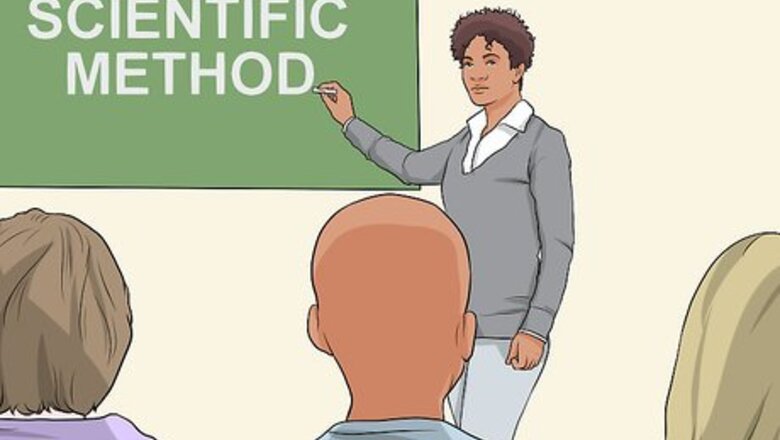
views
Teaching the Scientific Method
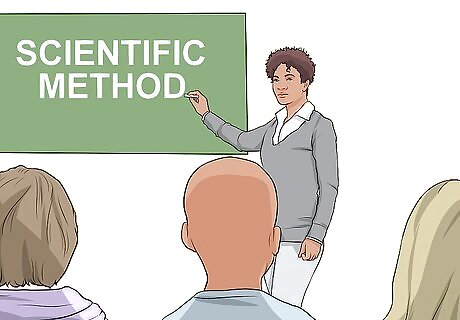
Discuss what the scientific method is. The scientific method is a series of steps that scientists follow when thinking about a problem and how to solve it. It is how scientists study and learn about things. By using the scientific method, they have ordered steps to follow that will help them better understand whatever they are studying. The scientific method can be used to answer any question you may have about anything. Think of it as the roadmap you follow on your scientific journey.
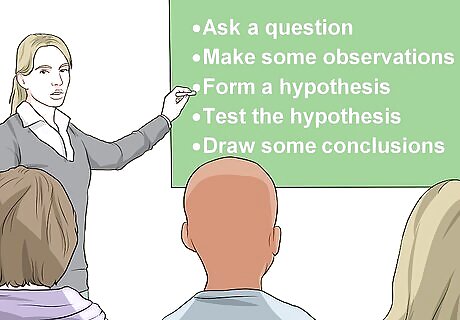
List the steps of the scientific method. The first part of explaining it to kids is to list all of these steps so they can seem them all at once. Explain the steps to primary school children. For older kids, ask them to think about which steps they would use before providing them with a list. Also, add more detail to each step. The most basic steps of the scientific method are the following: Ask a question. Make some observations. Form a hypothesis. Test the hypothesis Draw some conclusions.
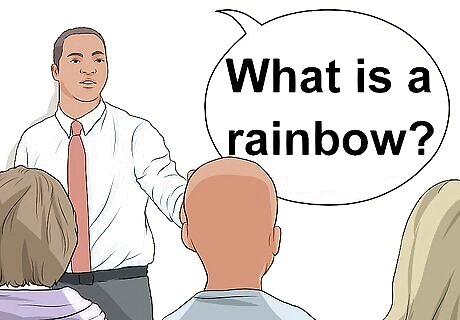
Come up with a question. The official first step of the scientific method is to ask a question. It can be about anything that you are interested in or about something that you have observed. The best questions are ones that can be measured with an experiment, but your question can be as simple as what is a rainbow? Some other example questions: How does the curve of an arch affect how much weight it can hold? How does the purity of water affect its surface tension?
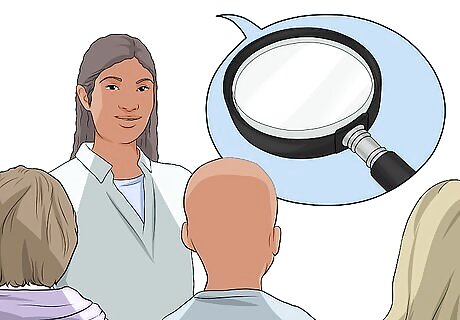
Explain how to make observations. After you have established a question to answer, you need to talk about how to go about answering that question. First, you must do some research and make some observations about your question. Go to the library or use the internet to research your question. If you want to learn more about rainbows, do some research about light, the sun, the sky, and rainbows themselves. Make some observations about when you tend to see a rainbow in the sky. Do you see rainbows at any other time or place?
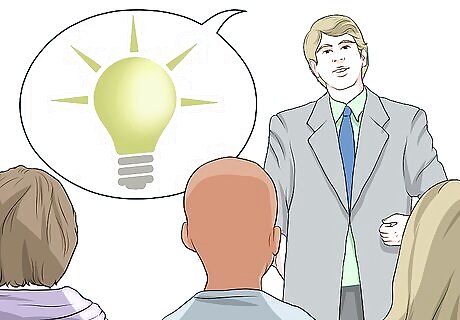
Discuss how to create a hypothesis. A hypothesis is an educated guess as to the answer of a question. It is based on research and what you already know. It is the statement that you will test in your experiment. Talk about how scientists are constantly making and testing their hypothesis based on experiments they and other scientists have done. To make your own hypothesis, make a guess to the answer to your question based on your research and observations. Your hypothesis does not have to be right or wrong, it just has to be testable. Based on your observations, you might hypothesize that rainbows form when water “bends” light from the sun.
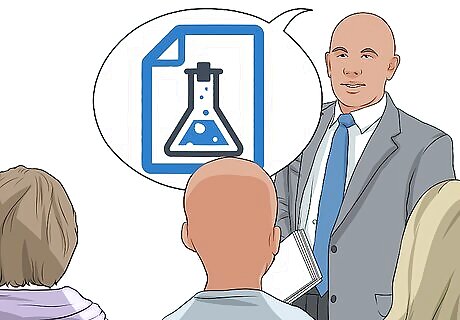
Plan an experiment. Now that you have discussed and made a hypothesis, talk the kids through an experimental plan. Ask them how they would test their hypothesis and guide them to a doable experiment. A good experiment must have a dependent variable (the condition that you are measuring in the experiment), an independent variable (conditions that change during the experiment), and control variables (conditions that don’t change during the experiment). Talk about the types of variables and about writing down the procedure and results in a logbook or journal. It’s important to keep track of all of your data for when you need to make conclusions. To test your hypothesis about rainbows, fill a glass with water and hold it up to the sun. Place a piece of white paper underneath the glass and see if a rainbow forms. Do the same thing with an empty glass. Write your results down.

Draw conclusions about experimental data. The final step of the scientific method is to draw conclusions based on the data you have collected. Discuss this process with the kids explaining that the conclusions will either support or disprove their initial hypothesis. Talk about what was learned and whether the hypothesis was correct or not. This is a good time to talk about more experiments that could be done to take the project a step further. This starts the scientific method once again with a question! In more advanced experiments you may have to actually analyze the data before you can make conclusions. For the rainbow example, you should have noticed that the glass without water did not form rainbows, but the glass with water did. This supports your hypothesis.
Using the Scientific Method
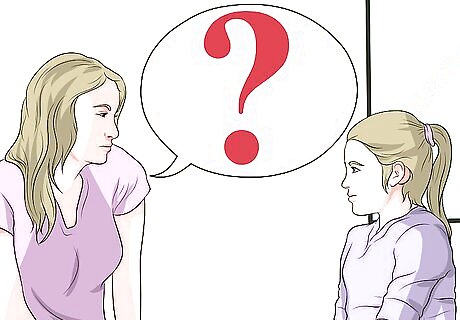
Ask guided questions. The best way to teach the scientific method is to actually work through it. If your child has a question, talk them through the steps. Ask them guided questions to help them think through the process. Why do they think something is happening? What could be causing it? How can we test that idea? Is there something we can to do to prove what is happening? Kids are naturally curious and love to do things for themselves. Give them the opportunity to do this by asking them questions and showing them instead of just telling them. For example: If it is raining outside, your child may ask you where rain comes from. First ask them where they think it’s coming from. They will probably say the sky or the clouds. This gives you the opportunity to talk about clouds and the water cycle. Even if you don’t know the answer to their question, this is a good opportunity to teach your child how to conduct basic research. Work together to find an answer to their question in books or on the Internet.

Do experiments with kids. Use the scientific method to actually do experiments with kids. Asking a question, then developing and executing an experiment is the best way for them to truly learn about the scientific method and how it works. Be sure to ask questions every step of the way so that they get the most out of the experience. You can search online for great ideas of experiments to do. Some example experiments you can conduct are: What metals are magnetic? What individual colors make up the colors of your markers? How much bacteria is in the food we eat/water we drink?
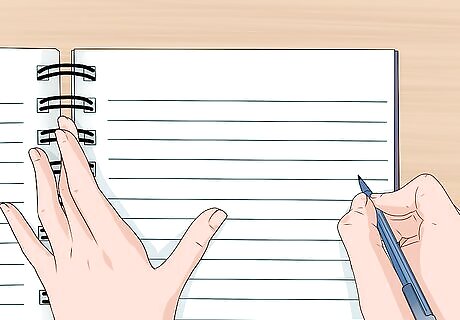
Write everything down. When exploring something new, it is important to take lots of notes and write all observations down. You also want to write down exactly how you did an experiment (the procedure) so you can figure out an error if something went wrong or repeat the experiment later. Write down all results so you can draw accurate conclusions. Keep a notebook that is just for scientific questions and experiments. This can be referenced again and again if the kids want to repeat any experiments.
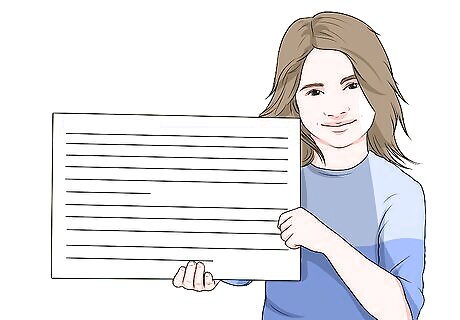
Communicate what has been learned. Another aspect of the scientific method is actually communicating your results. This can be done in a written form or in an oral presentation. Poster boards are a great way to organize and present everything visually. If the kids are doing a science fair project, they’ll probably have to communicate their project both with an oral presentation and with a written poster board. Talk about the project, the results, and the conclusion. Ask them what the most important findings of the experiment were. Discuss with them the best way to communicate these findings.

















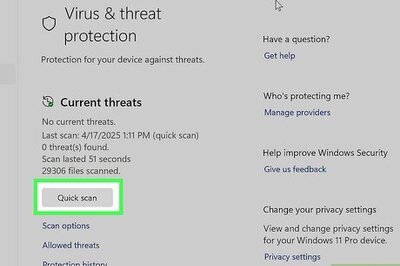


Comments
0 comment